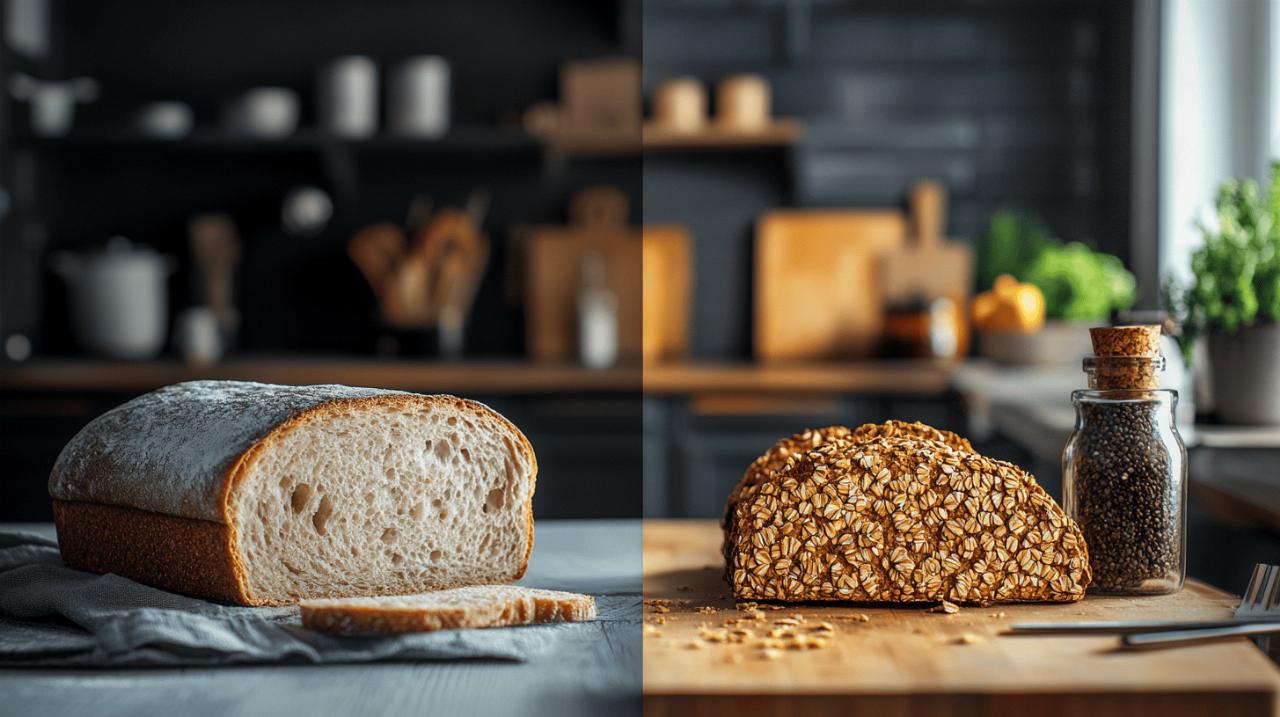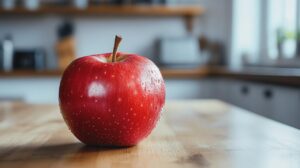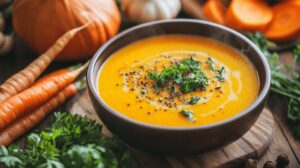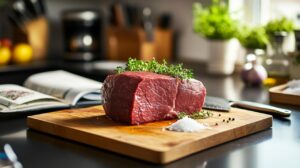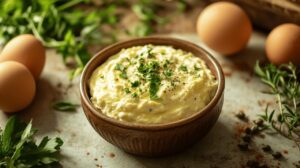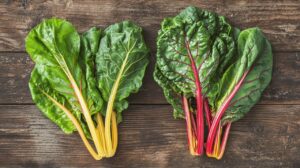The Great Food Duel: Bread versus Rusk in Calories – What Nutritionists Really Think
When it comes to choosing the right staple for your breakfast table or afternoon snack, the age-old debate between bread and rusks continues to spark curiosity among health-conscious eaters. While both offer that satisfying crunch or soft bite depending on your preference, understanding their caloric content and nutritional profiles can help you make smarter choices that align with your wellness goals. As we delve into the numbers and science behind these everyday foods, it becomes clear that not all carbohydrates are created equal, and the devil truly is in the detail.
Calorie Content and Nutritional Breakdown: Bread versus Rusks
One of the most striking differences between bread and rusks lies in their caloric density. Rusks, which are essentially twice-baked slices of bread, contain approximately 407 kilocalories per 100 grams, a figure that towers over both white bread at 258 to 281 kilocalories and whole wheat bread at 232 to 250 kilocalories per 100 grams according to reputable nutritional databases. This discrepancy stems largely from the baking process and the removal of moisture, which concentrates the energy content within each bite. A single rusk slice, typically around 10 grams, delivers roughly 40 kilocalories, making it deceptively easy to overconsume without realising the cumulative caloric impact. Although rusks can be a convenient and shelf-stable option, their higher calorie count per gram means that portion awareness becomes paramount, especially for those monitoring their daily energy intake.
Energy provision and satiety: how many slices do you really need?
Satiety is a crucial factor when comparing these two staples. Despite rusks having fewer calories per individual slice, they are less likely to keep you feeling full compared to a standard slice of bread. This is because bread, particularly wholemeal varieties, tends to have a higher moisture content and a more substantial texture, which can help signal fullness to the brain more effectively. Rusks, being dry and crisp, may prompt you to reach for a second or third piece to achieve the same level of satisfaction. This behavioural pattern can inadvertently lead to consuming more calories than you might have done with a couple of slices of wholesome bread. For anyone aiming to manage their weight or simply avoid unnecessary snacking, recognising this difference in satiety is essential.
Fibre, protein, fat, and carbohydrates: a comparative analysis
Beyond sheer calorie counts, the macronutrient composition of bread and rusks reveals further contrasts. Both foods are rich in complex carbohydrates, which serve as the body's primary energy source, yet the quality and quantity of these carbohydrates can vary. Wholemeal bread generally offers more dietary fibre, a nutrient vital for healthy digestion and maintaining steady blood sugar levels. Fibre also contributes to prolonged satiety, which is why dietitians often recommend wholegrain options. Rusks, on the other hand, may provide around 10 grams of protein per 100 grams and contain very little fat, which can be advantageous for those seeking a low-fat snack. However, many commercially produced rusks are laden with added sugar and unhealthy oils such as ghee or margarine, which can increase the risk of elevated cholesterol, blood pressure, and even contribute to weight gain. The presence of these ingredients transforms what might appear to be a simple, wholesome snack into something far less beneficial for your health.
Glycemic index, nutritional quality, and portion control considerations
The Glycemic Index offers another lens through which to evaluate bread and rusks. This measure indicates how rapidly a food causes blood sugar levels to rise after consumption. Foods with a lower Glycemic Index are digested more slowly, leading to a gradual release of glucose into the bloodstream and helping to maintain steady energy levels throughout the day. Wholemeal bread, particularly varieties made from sprouted grains, tends to have a lower Glycemic Index compared to white bread and many commercial rusks. This makes wholegrain bread a preferable option for individuals managing diabetes or those simply looking to avoid the energy spikes and crashes associated with high sugar content foods. Rusks, especially those containing added sugar, can trigger more rapid increases in blood sugar levels, making them unsuitable for people with high blood sugar or metabolic syndrome.
Understanding the glycemic index: managing blood sugar levels effectively
Managing blood sugar is not merely a concern for those with diabetes; it affects everyone's energy, mood, and long-term health. Consuming foods with a high Glycemic Index can lead to a quick surge in glucose, followed by a sharp drop that leaves you feeling fatigued and hungry soon after eating. This rollercoaster effect can encourage overeating and make weight management more challenging. By opting for wholemeal bread or homemade rusks prepared with low glycaemic index flours, you can better regulate your blood sugar and sustain energy levels over longer periods. Sprouted grain bread, in particular, is celebrated for its slow-release carbohydrates and enhanced nutrient bioavailability, making it a smart choice for those prioritising metabolic health.
The Role of Vitamins, Minerals, and Portion Sizes in Weight Management
Nutritional quality extends beyond macronutrients to encompass vitamins and minerals that support overall wellbeing. Rusks can provide B vitamins such as thiamine and niacin, alongside minerals like iron, magnesium, and phosphorus, all of which play roles in energy metabolism and bone health. However, the presence of anti-nutrients in some rusks can interfere with the absorption of these essential minerals, including iron, zinc, magnesium, and calcium. This means that even if a food is rich in certain nutrients on paper, your body may not be able to fully utilise them. Whole wheat bread, by contrast, tends to have a more favourable nutrient profile with fewer anti-nutrients, particularly if it is minimally processed. Portion control remains a cornerstone of any weight management strategy. Whether you choose bread or rusks, being mindful of serving sizes and avoiding excessive spreads or toppings is key to keeping your calorie intake in check.
Practical Breakfast Choices and the Concern of Ultra-Processed Ingredients
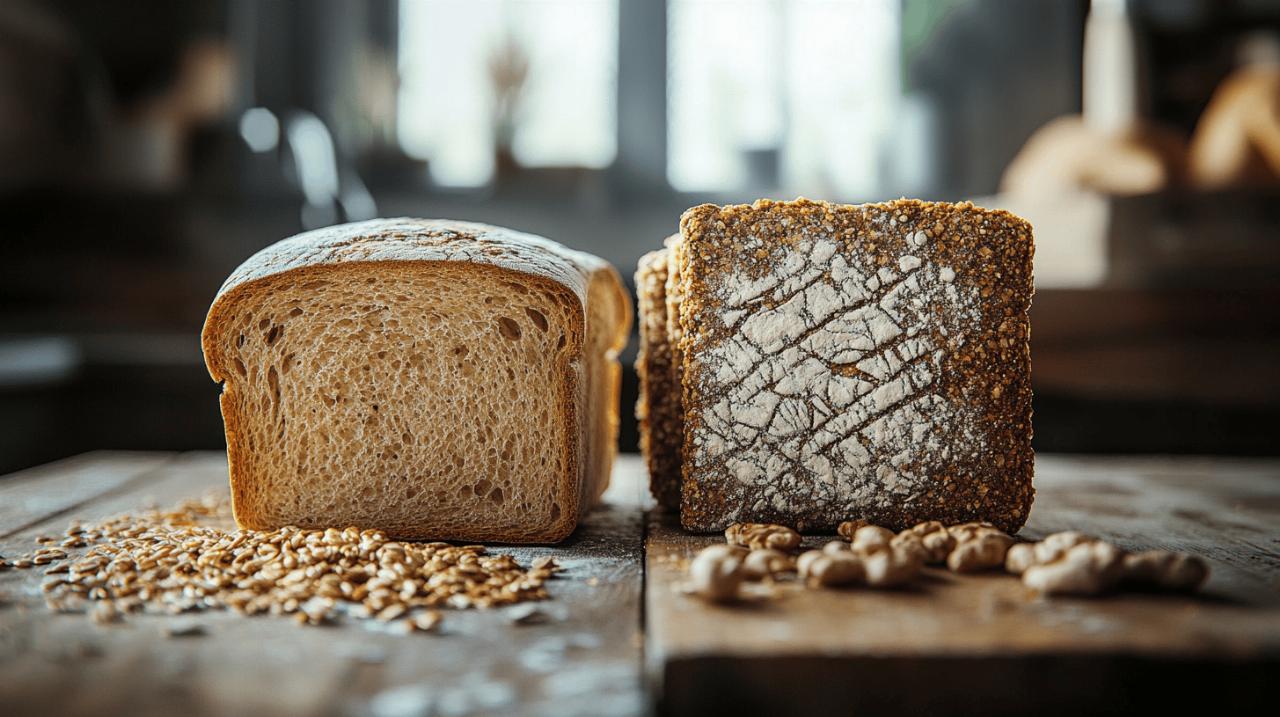 For many of us, breakfast sets the tone for the day, making it important to choose foods that nourish without weighing us down. Both bread and rusks can fit into a balanced morning meal, but the way they are prepared and what accompanies them makes all the difference. A slice of wholemeal bread topped with a boiled egg or ricotta provides a satisfying combination of protein, healthy fats, and fibre that can keep hunger at bay until lunchtime. Rusks, when paired with low-calorie toppings such as fresh tomato, mustard, or light yoghurt, can offer a lighter alternative that still delivers a pleasant crunch. However, it is essential to be wary of rusks that are loaded with sugar, as these can undermine your health goals and contribute to a range of issues from weight gain to increased risk of diabetes and heart disease.
For many of us, breakfast sets the tone for the day, making it important to choose foods that nourish without weighing us down. Both bread and rusks can fit into a balanced morning meal, but the way they are prepared and what accompanies them makes all the difference. A slice of wholemeal bread topped with a boiled egg or ricotta provides a satisfying combination of protein, healthy fats, and fibre that can keep hunger at bay until lunchtime. Rusks, when paired with low-calorie toppings such as fresh tomato, mustard, or light yoghurt, can offer a lighter alternative that still delivers a pleasant crunch. However, it is essential to be wary of rusks that are loaded with sugar, as these can undermine your health goals and contribute to a range of issues from weight gain to increased risk of diabetes and heart disease.
Wholemeal Bread and Rusks for Breakfast: Balancing Nutrition and Taste
Balancing nutrition and taste is an art that requires both awareness and creativity. Wholemeal bread, with its nutty flavour and hearty texture, pairs beautifully with savoury spreads and proteins, making it a versatile foundation for countless breakfast combinations. Athletes, for instance, often opt for rusks paired with protein sources like boiled eggs or ricotta before endurance events, as this combination provides balanced calories and sustained energy. For those who prefer a lighter start to the day, a single rusk with vegetable-based spreads can deliver a satisfying crunch without excessive calories. The key is to avoid falling into the trap of overeating due to the lower satiety of rusks or relying on sugary toppings that add empty calories. By focusing on whole foods and mindful preparation, both bread and rusks can contribute positively to your daily nutrition.
Decoding food labels: spotting additives and hidden sugars
The increasing prevalence of ultra-processed ingredients in many commercially available breads and rusks is a cause for concern among nutritionists and health advocates alike. Reading food labels carefully is no longer optional but a necessity if you wish to avoid hidden sugars, unhealthy oils, and unnecessary additives. Many rusks on supermarket shelves contain ghee or margarine, which can increase the risk of blood clots and heart attacks due to their high saturated fat content. Added sugars not only boost the calorie count but also contribute to inflammation, skin issues, and chronic conditions such as diabetes and kidney problems. Some rusks are even made from stale bread that may harbour mildew, a potentially harmful substance. To maximise the nutritional benefits of rusks, consider baking them at home using low-calorie flours with a low Glycemic Index or sprouted grain bread, which allows you to control exactly what goes into your food.
Building a Balanced Diet: Incorporating Bread and Rusks into a Healthy Lifestyle
Incorporating bread and rusks into a healthy lifestyle is entirely achievable with the right approach. A dietitian would likely advocate for a varied diet that prioritises wholemeal options and encourages you to be conscious of the spreads and toppings you use. Whether you spread a thin layer of avocado, a smear of mustard, or a dollop of light yoghurt, these choices can significantly impact your overall calorie and nutrient intake. For those focused on weight management, portion control is paramount. Cutting rusks in half or limiting yourself to a single slice of bread can help keep calories in check while still allowing you to enjoy these staples. Remember that no single food will make or break your diet; it is the overall pattern of eating that matters most.
Dietitian recommendations: prioritising wholemeal and mindful toppings
Dietitians consistently emphasise the importance of wholemeal products for their superior fibre content and nutrient density. Whole wheat bread, in particular, is rich in fibre, which supports digestive health and helps regulate blood sugar levels. When selecting rusks, opting for whole-wheat varieties can provide additional protein and fibre compared to their refined counterparts. Mindful toppings are equally important. Instead of reaching for jam or chocolate spreads that are high in sugar, consider fresh tomato, a sliver of cheese, or a spread made from vegetables. These choices add flavour and nutrition without the excess calories and sugars that can derail your health goals. For athletes or those with higher energy demands, pairing either bread or rusks with a good protein source ensures a balanced intake of macronutrients that supports muscle repair and sustained energy.
Muscle building and gut health: which option supports your goals best?
When it comes to muscle building and gut health, wholemeal bread generally holds the advantage. Its higher fibre content promotes a healthy gut microbiome, which is increasingly recognised as essential for overall health, immunity, and even mental wellbeing. Fibre acts as a prebiotic, feeding the beneficial bacteria in your digestive system and helping to maintain regular bowel movements. For those focused on building muscle, pairing wholemeal bread with protein-rich foods like eggs, ricotta, or lean meats provides the amino acids necessary for muscle repair and growth. Rusks, while offering some protein, are less likely to deliver the same gut health benefits unless they are made from whole-wheat or sprouted grains. Additionally, the presence of gluten in both bread and rusks can be problematic for individuals with coeliac disease or gluten sensitivity, making it important to choose gluten-free alternatives if necessary. Ultimately, moderation and a balanced approach are key. Neither bread nor rusks should dominate your diet, but when chosen wisely and consumed in appropriate portions, both can play a valuable role in a nutritious and satisfying eating plan.
